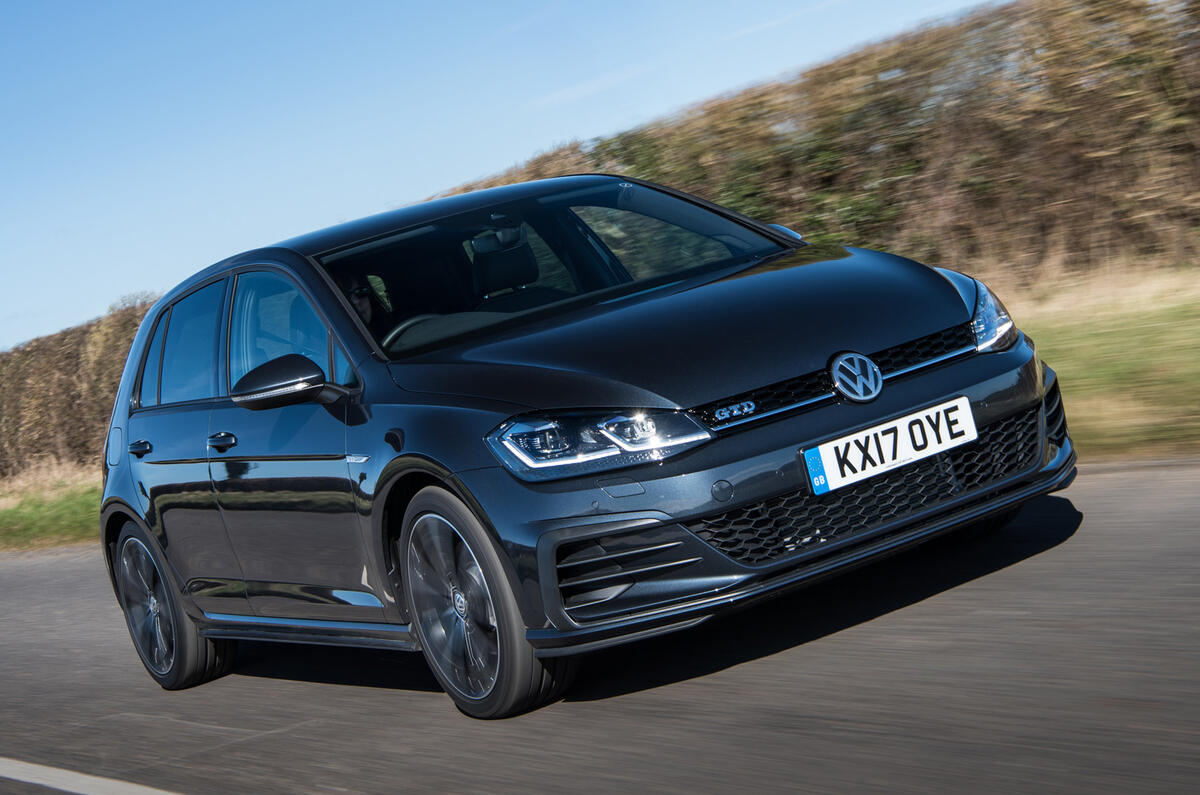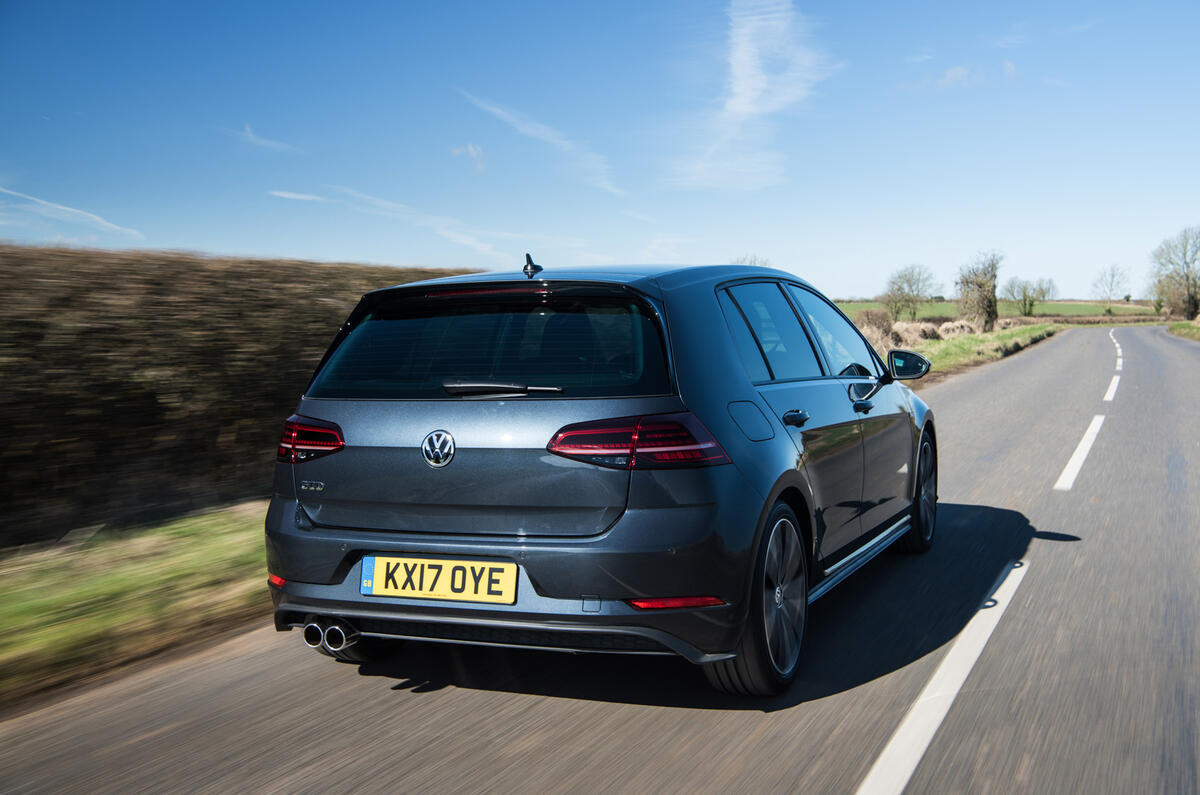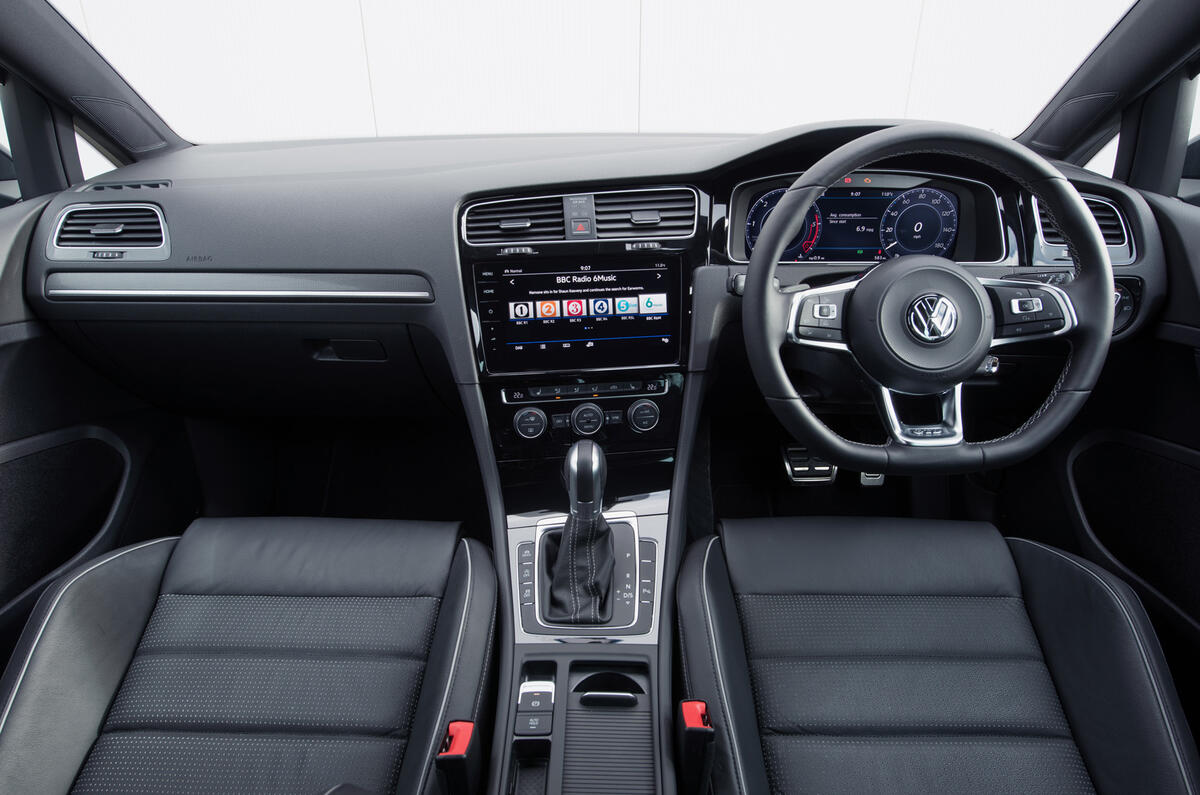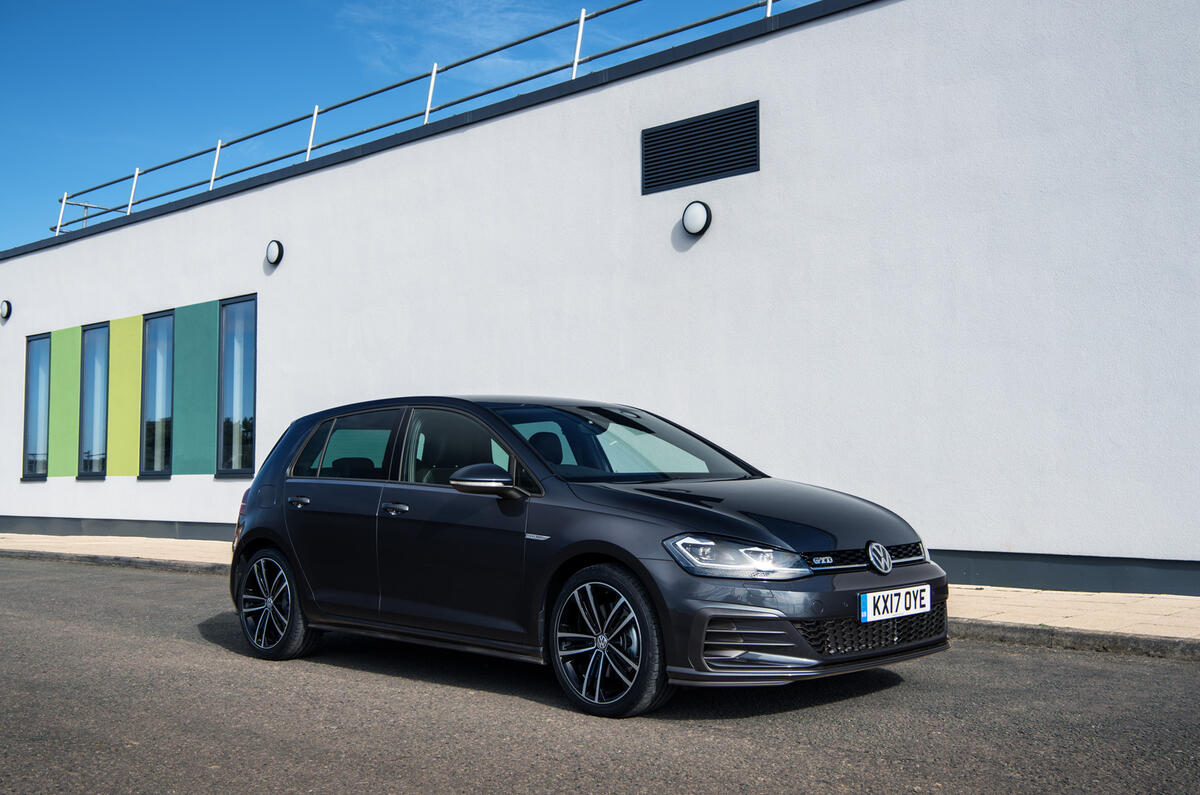Maybe the most aspirational company car currently made by the manufacturer that invented the aspirational hatchback: this is the Mk 7 Volkswagen Golf GTD.
It has become a status symbol for the upwardly mobile middle-management set, just as the original GTI came to represent the cash-rich ‘yuppie’ over 30 years ago, and continues to thrive in spite of the charge of cars such as the Audi A3 and BMW 1 Series. In a normal year, VW sells twice as many GTDs as GTIs.
But, evidently, Wolfsburg would like you to take this car a bit more seriously as a performance machine. For this latest version, performance levels have therefore been increased, along with efficiency, in an attempt to make the car ‘the business’ as much as it is about day-to-day business.
Power is up from 168bhp to 181bhp, and torque rises to 280lb ft. The 0-62mph dash is cut to 7.5sec while the DSG version cuts that time by 0.1sec. On the emissions front the standard GTD rolling on 18in wheels produce between 122 and 129g/km, while the GTD Bluemotion models reduce the CO2 output to between 116 and 129g/km, which is largely down to the Volkswagen Golf riding on 17in alloy wheels.
On the equipment front, the GTD has gained numerous standard additions as part of the 2017 Golf range facelift. The outside has been given a light makeover, with new bumpers and LED rear lights clusters added to the package. As for the rest of the package, the GTD comes with the same equipment that is standard on the GT trimmed Golfs, which includes tinted rear windows, LED foglights, ambient interior lighting and Volkswagen Discover infotainment system complete with an 8.0in touchscreen display, sat nav, Bluetooth and USB connectivity, smartphone integration and access to Volkswagen's online services.












































